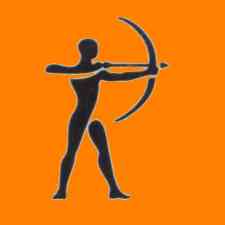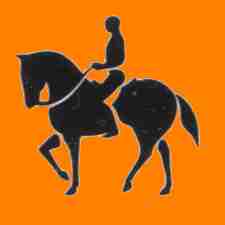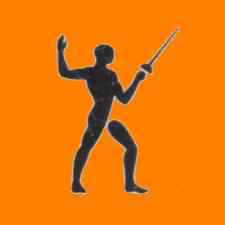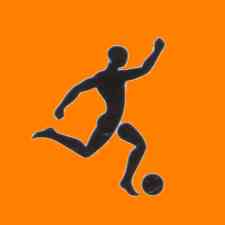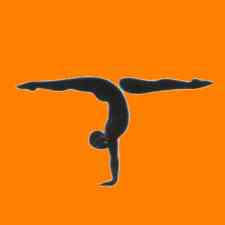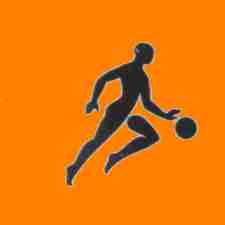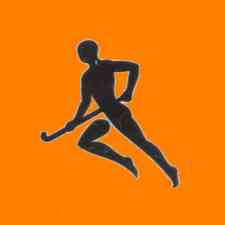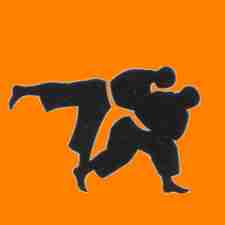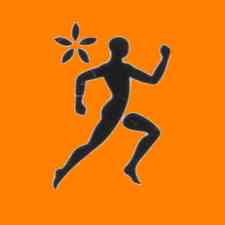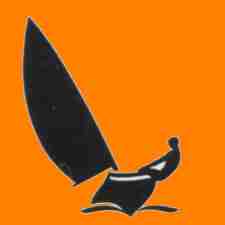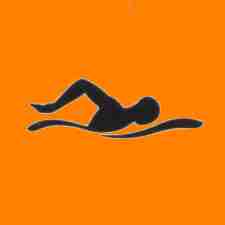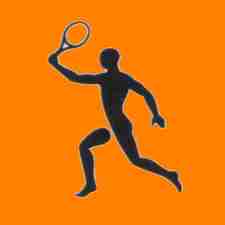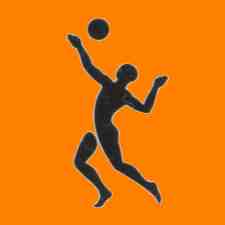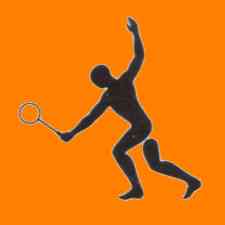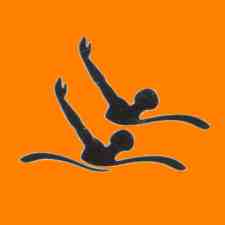Pictograms
| Pictograms 1996
To many spectators, pictograms are a familiar form of Olympic imagery.
First introduced at the 1948 Games in London, they became an integral facet
of Olympic Games design at he Tokyo Games of 1964, serving an invaluable
function as elegant and simple wayfinding devices. Abstract imagery had
been most common in pictograms used at prior Olympic Games, but in the
spirit of the 100th annivarsary of the modern Olympic Games, ACOG selected
pictograms of the human form that captured the commonality between the
grace of a posed athlete and the graceful, personal quality of the South.
© 1997 by The Atlanta Committee for the Olympic Games For the Atlanta Games, 84 pictograms were used—31 sports and 53 service pictograms—as well as 7 zone code and 5 transportation code symbols. Prior to the Games, the sports pictograms were used extensively by licensees in Olympic Games merchandise and collectibles. Official use was restricted to documents and signage specific to individual sports and disciplines. 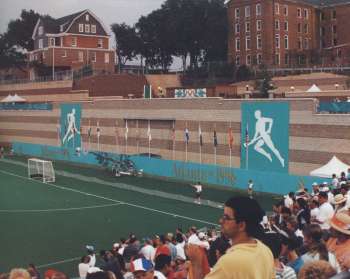
Sports pictogramms were used extensively in the Look Program. To complement
the sports pictograms and facilitate wayfinding, Creative Services also
designed a series of service pictograms that were used extensively at Games-time. (Source document: Official
Report 1996, vols. I, page 134) |
